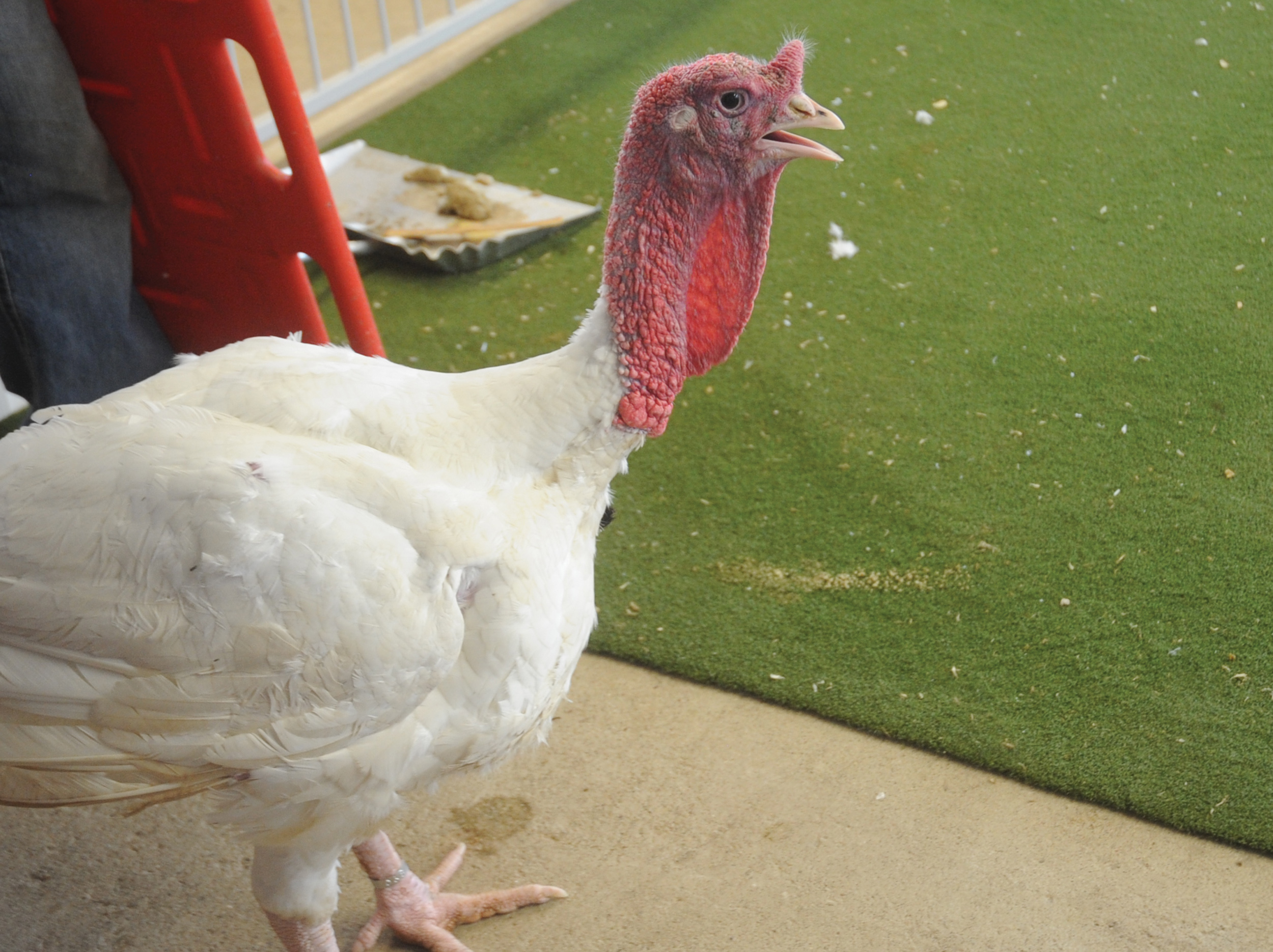Getting a rocket into space continues to have ups, downs
Published 2:48 am Monday, January 25, 2021
NASA has had some problems with it latest test of the Space Launch System (SLS) that is a successor of the shuttle.
It uses the same engines the shuttle used, the Rs-25.
One of the tests that was planned for this month was supposed to last about eight minutes, but it really lasted less than a minute. The SLS uses three of these engines and the rocket was to be fueled with 700,000 gallons of liquid hydrogen and oxygen — the projected quantity of fuel to carry it to low earth orbit.
Trending
I have been working with pumps all my working life and pumping that quantity of cryogenic liquids in just eight minutes amazes me.
Anyway, the Boeing company is the prime contractor for the main core of the rocket. Their recent history of successes has not been outstanding. These rockets were designed to be the prime movers a to take the Artemis capsules to the moon in 2024.
Meanwhile, Elon Musk continues to have some successes with his rockets. His company, SpaceX, recently lifted 60 new Starlink communication satellites into orbit. This makes the 100th successful launches of more than 1,000 satellites in the broadband constellations so far. The latest satellites have visors to prevent the sunlight from reflecting off of them, since the reflections have affected ground-based astronomy.
They recovered the rocket booster for the eighth time, landing it on the drone ship named “Of Course I Still Love You.”
Elon has some imaginative names for his drone ships. Another is named “Just Read The Instructions.”
They have attempted landing the rocket booster on the drone ships 57 times and succeeded in 48 times which is 84.2 percent successful returns. They were able to reuse the booster after only 38 days of rehab, a new record. These ships are autonomous with no one on board and are the first such ships ever approved by the Coast Guard.
Trending
SpaceX, also known as Space Exploration Technologies, has had many firsts. I could not begin to list all of them.
They have launched a Tesla electric roadster in orbit around the sun. They were first to recover and reuse a rocket booster, they have flown 20 cargo rockets to the International Space Station (ISS). They have recovered a space capsule from ISS.
How do they do all these projects? They are able to take risks that the older, established companies are unable to take because they are controlled by accountants who are always concerned about the bottom line and keeping share values up.
That is my opinion and the opinion of several others too.
After almost two years of trying, NASA has given up trying to hammer a hole into the ground of Mars to measure the heat flow, or temperature, at a depth of five meters or about 15 feet. It has only been able to only hammer down about 30 centimeters. They believe that this lander has landed on soil a lot different than earlier ones did.
Don Lee, a pilot flying out of Lawrence County Airport since 1970, has been in charge of equipment and grounds maintenance for the last several years. He can be reached at eelnod22@gmail.com.






